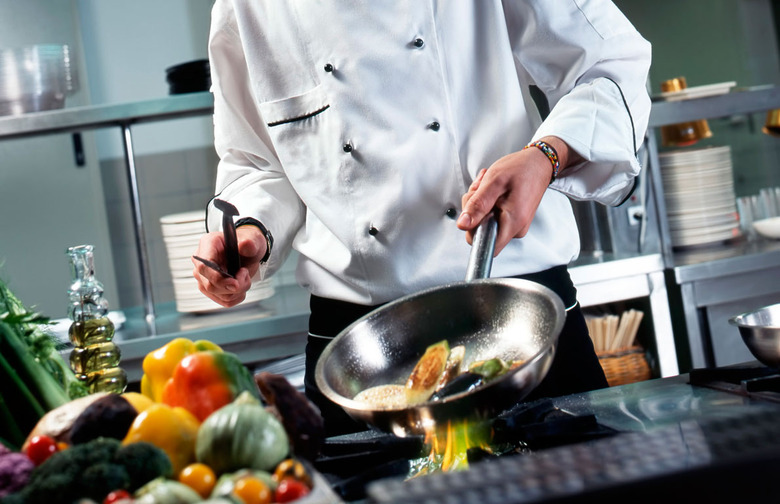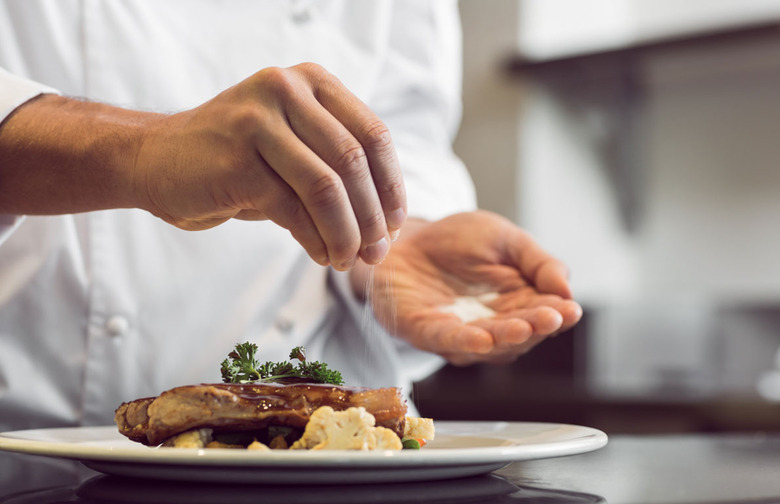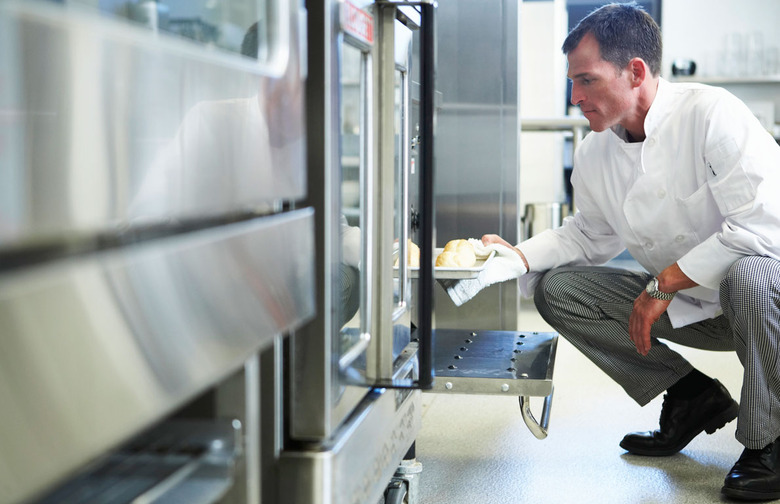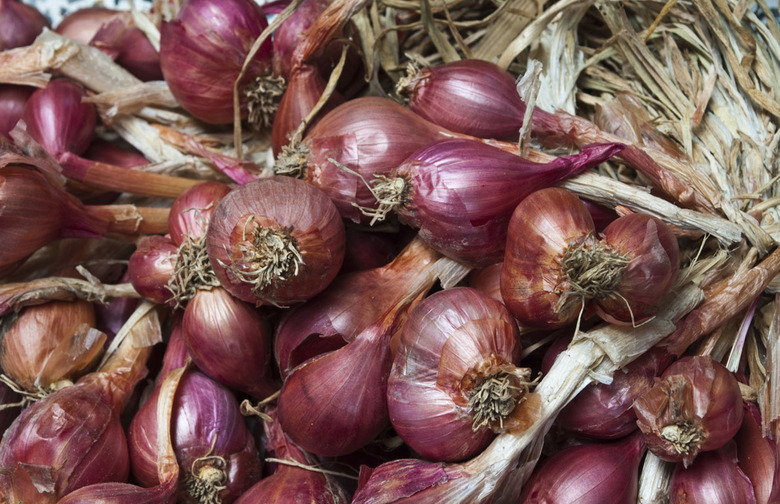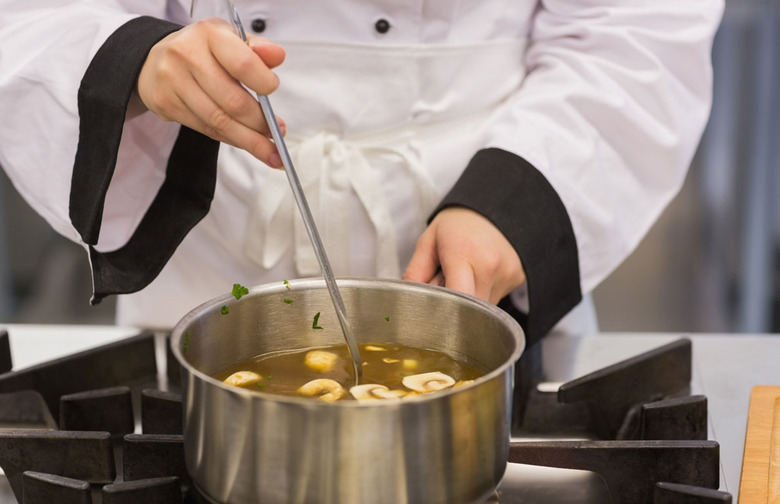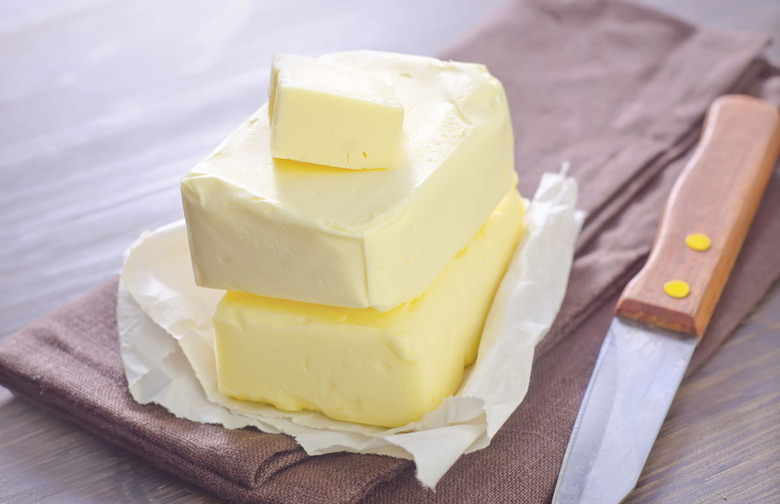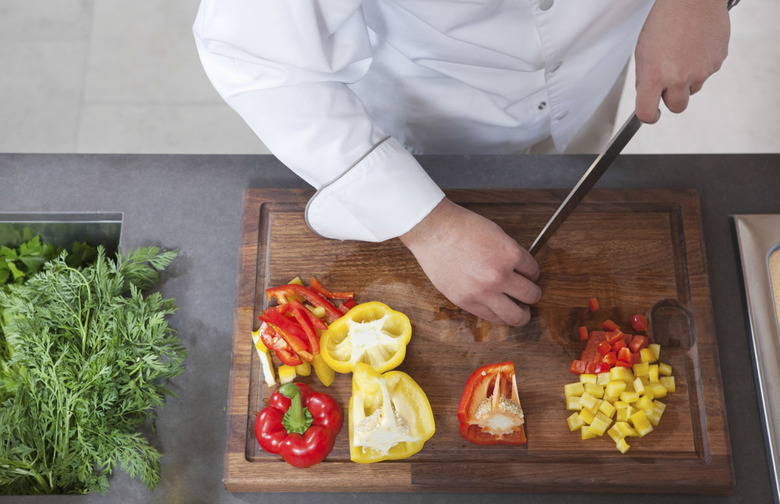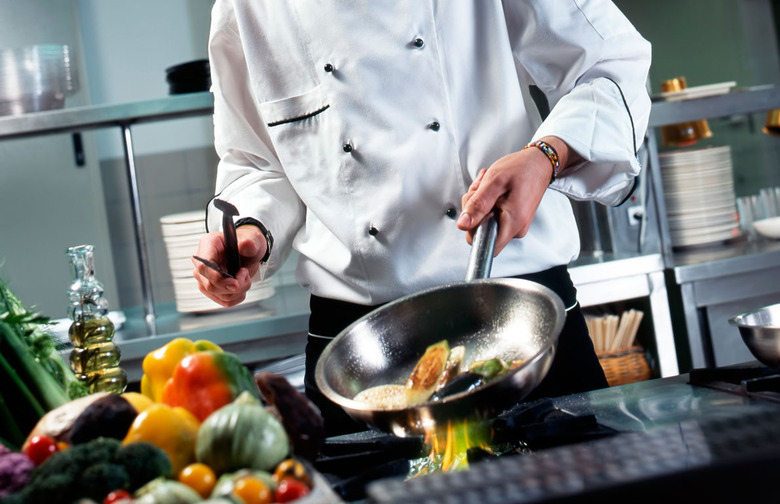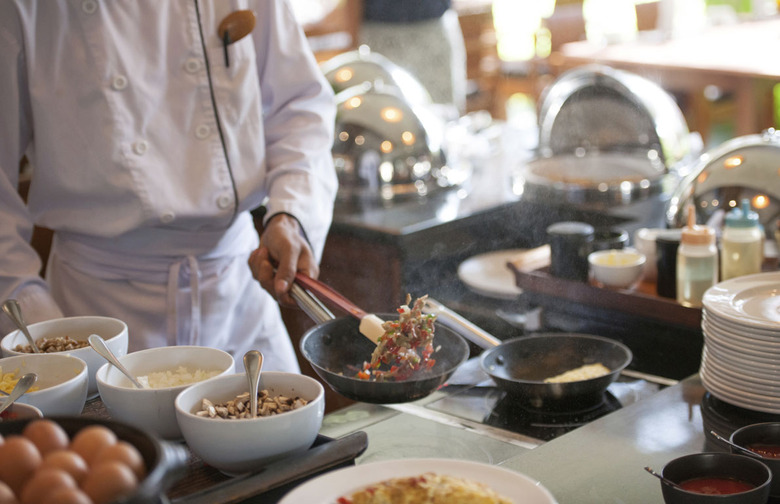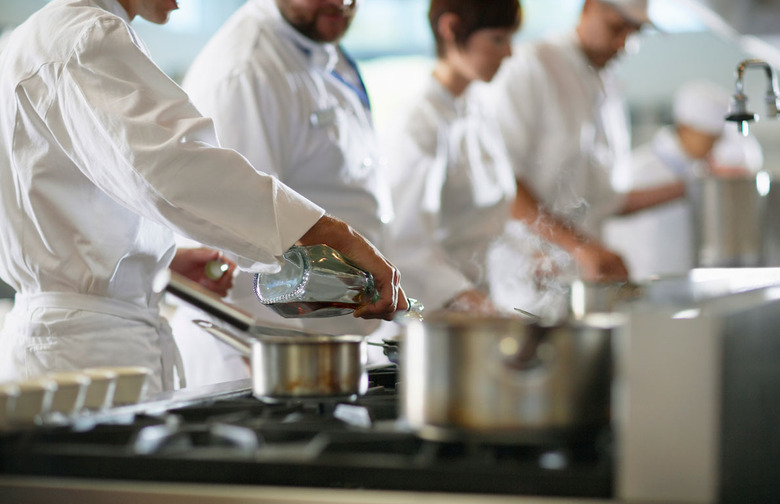Why Home-Cooked Food Never Tastes Like Restaurant Food (Slideshow)
What ends up on the plate in our homes rarely (if ever) comes close to what you'll find in a restaurant, and there are several reasons why.
Salt
To paraphrase Alton Brown, "salt makes food taste more like itself," and in restaurants the cooks aren't afraid to have a heavy hand with the salt shaker. They season every component of every dish, at every step of the cooking process, and only the most sensitive customers are likely to complain about a dish being too salty. Especially when cooking whole pieces of meat (like steaks or pork chops), always add a little more salt than you think they might need.
Hot Ovens
Ovens in restaurants are often blasting at full tilt all night, cranked up to 500 degrees or more. While not appropriate for every dish, high heat cooks things faster, develops a nice crust and deep browning, and puts the finishing touch on dishes prepared on the cooktop. It also can create a lot of splatter, so be prepared to clean your oven more often if you decide to use this technique at home.
Shallots
You'd be amazed at the amount of shallots many restaurants go through. Shallots work in just about any savory dish, and have a milder flavor than onions or garlic. Dice them up and add them early on in the cooking process; they add a great depth of flavor.
Stock
Many fine restaurants make their own stocks with leftover vegetables, meat, and bones, and it adds a wallop of flavor to any dish, especially when reduced. If you're looking to add an umami kick to your next dish, don't forget about stock. When used to deglaze a frying pan and tightened up with a little butter, it's the makings of a great sauce.
Butter
Fat is flavor, as they say, and at restaurants the easiest way to dial up flavor is by adding butter. You know that nutty flavor of those roasted vegetables, or the silky texture of that sauce? It's all in the butter.
Presentation
We eat with our eyes before our mouths, and restaurants spend a whole lot of time figuring out how a finished dish should look, from what kind of plate to use to which garnish pairs best. Put a little extra care into plating, and your guests will be very impressed.
They Know the Tricks
Kitchen teams aren't made of amateurs, and they know every little tip, trick, and hack to make their dishes look and taste perfect. From adding crushed pretzels into breading for that extra crunch, to infusing lemon verbena into the heavy cream, to brining fish and chicken, there are some things chefs learn along the way that no home cook would even think to do.
Their Skills Have Been Perfected
When you leave a meal to the professionals, of course you're going to get a magnificently turned-out dish. From cutting vegetables evenly (which leads to even cooking) to knowing exactly how much of a specific ingredient to add to the pan at exactly the right moment, years of culinary school and on-the-job training can't be faked.
Everything is Made from Scratch
When you open a jar of gravy and use it as a component in your "semi-homemade" meal, you're adding ingredients like MSG and hydrolyzed soy protein into the mix. High-end restaurants don't use corner-cutting techniques like that, and the results are obvious from the first bite.
There’s a Team
In a professional restaurant kitchen, there's generally a full team of cooks, and each one has a specific task. For example, to prepare a simple grilled piece of fish with white wine sauce and roasted vegetables, one cook cuts the vegetables, another cooks them, another grills the fish, another makes the sauce, and they all come together in perfect harmony on the plate because each cook is an expert at preparing that one component. At home, there's usually only one cook in the kitchen, and it's you. Don't feel bad when you don't measure up.
